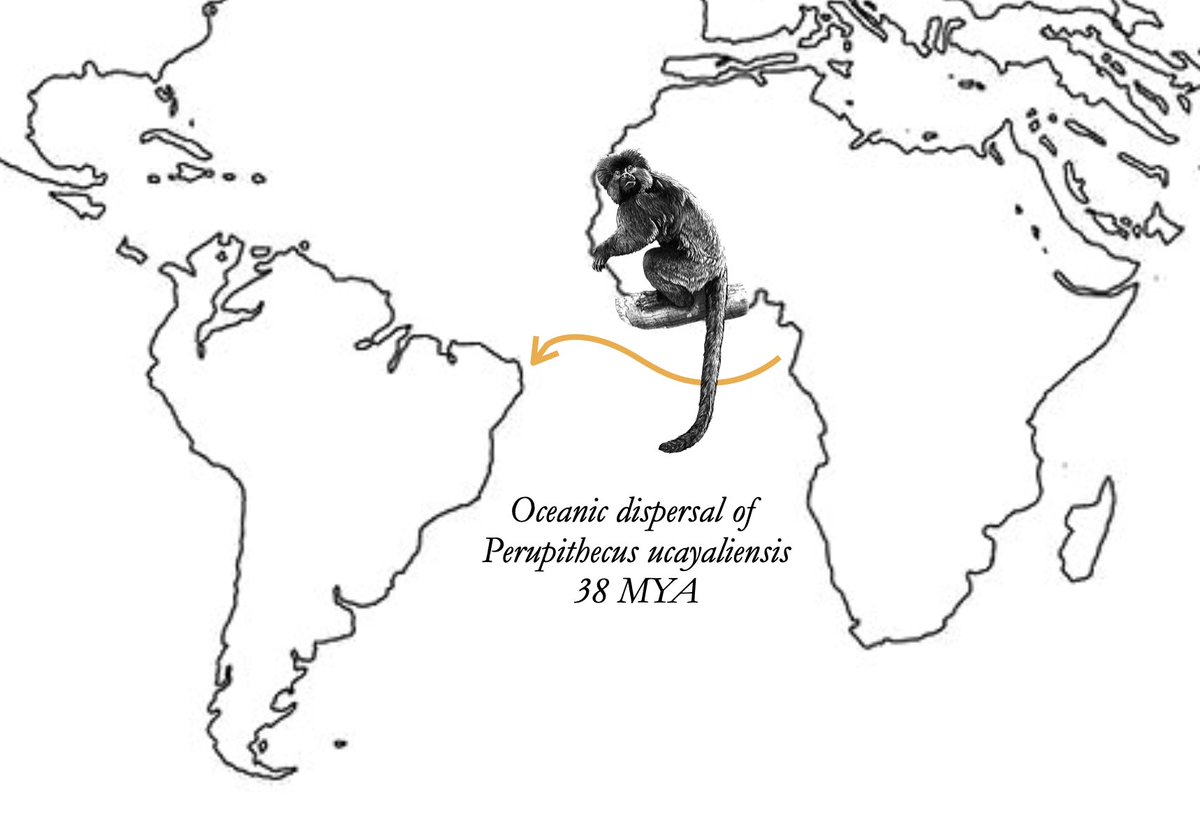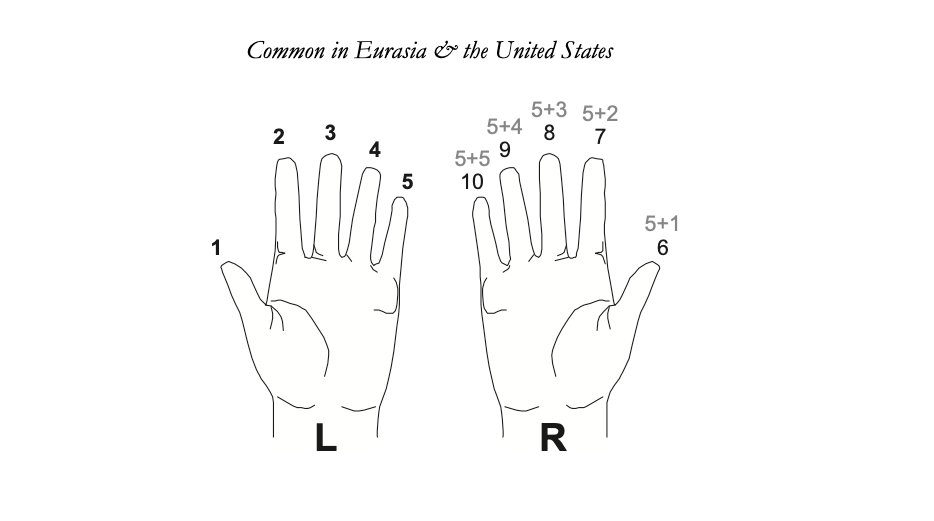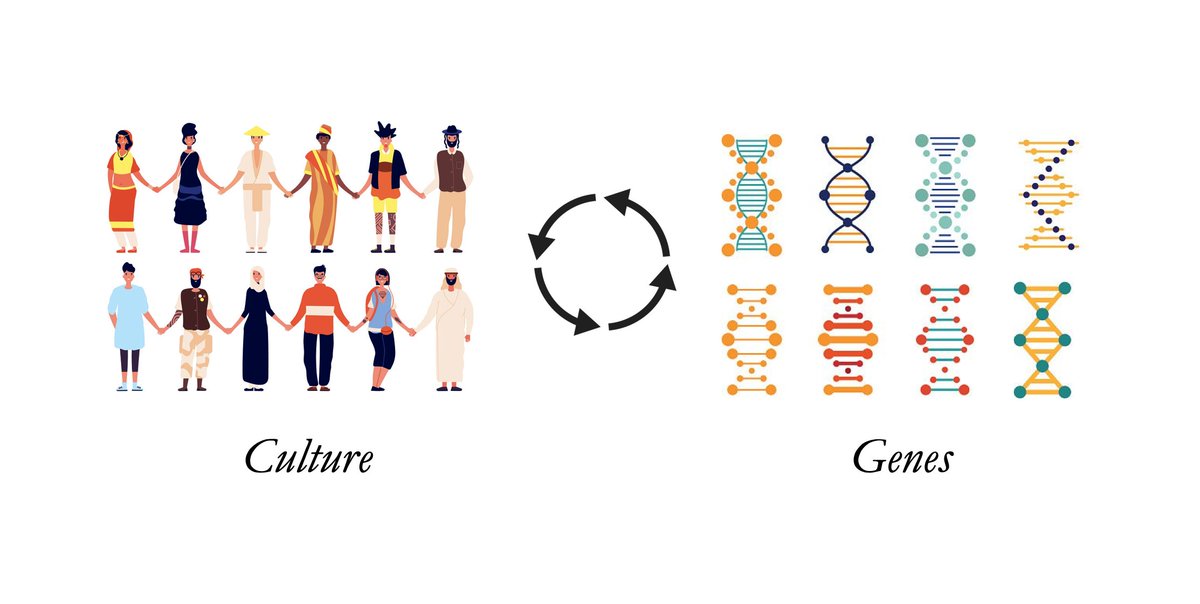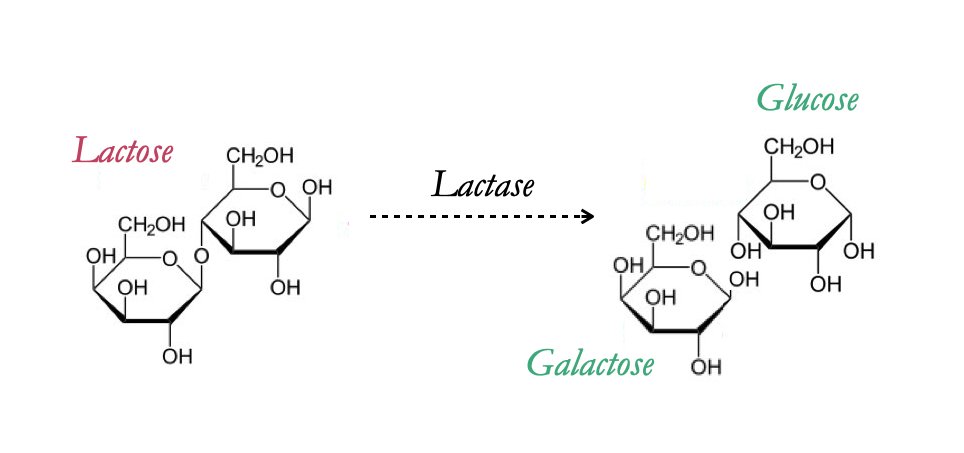
We take for granted the fact that, whenever we want, we can see an unbelievably detailed image of ourselves in the mirror🪞 But consider that for the majority of human history, you were never able to actually, really see yourself. A thread on the humble, magical mirror. (1/9)
The first mirrors were likely pools of still water or vessels that held reflective liquid, but in the Neolithic, we start seeing evidence for physical mirrors, like this incredible obsidian mirror from Çatalhöyük in Turkey, dated to approximately 7500-6400 BC. (2/9) 

In the Bronze & Iron Ages, we see the rise of mirrors made from materials like bronze, in addition to stone. These required regular polishing but still didn't afford a super clear reflection. This could explain the biblical reference to seeing "as in a mirror, darkly" (3/9) 

Over in Mesoamerica, mirrors were independently invented (neat!) and pop up in the archaeological record around 1500 BC. They served both decorative & supernatural purposes. The Maya are known to have made mosaic mirrors, like the one below, from pyrite. (4/9) 

Early glass mirrors show up in the 1st century AD & are refined in the Middle Ages, when Venetians discover & monopolize a technique to coat glass mirrors with tin. This makes their republic fabulously wealthy, until the French commit industrial espionage & leak the secret. (5/9) 

Mirrors have long held a unique grip on our imagination. What exactly are we seeing when we look into one? For many, mirrors were supernatural, powerful objects. D̶u̶m̶b̶l̶e̶d̶o̶r̶e̶ Johannes Hartleib, in 1456, recounted rumors of a mirror that reflected your desires to you (6/9) 

Many believed mirrors could take your soul, just like they take your image. This led to practices like covering mirrors in the houses of the recently deceased & keeping infants away from their reflections. It's also commonly thought that breaking a mirror is bad luck. (7/9) 

In many cultures, mirrors offered glimpses at a parallel world or visions of the future. Catoptromancy, divination by mirrors, shows up independently all over the world, and even in well-known fairy tales ("Mirror, mirror, on the wall..") (8/9) 

Overall, a rather fascinating history & some fun facts to think about next time you spy yourself in a mirror! (9/9).
Sources:
The Mirror: A History, by Sabine Melchoir-Bonnet.
Moyer (2012) Deep Reflection: An Archaeological Analysis of Mirrors in Iron Age Eurasia.
Sources:
The Mirror: A History, by Sabine Melchoir-Bonnet.
Moyer (2012) Deep Reflection: An Archaeological Analysis of Mirrors in Iron Age Eurasia.
• • •
Missing some Tweet in this thread? You can try to
force a refresh

















